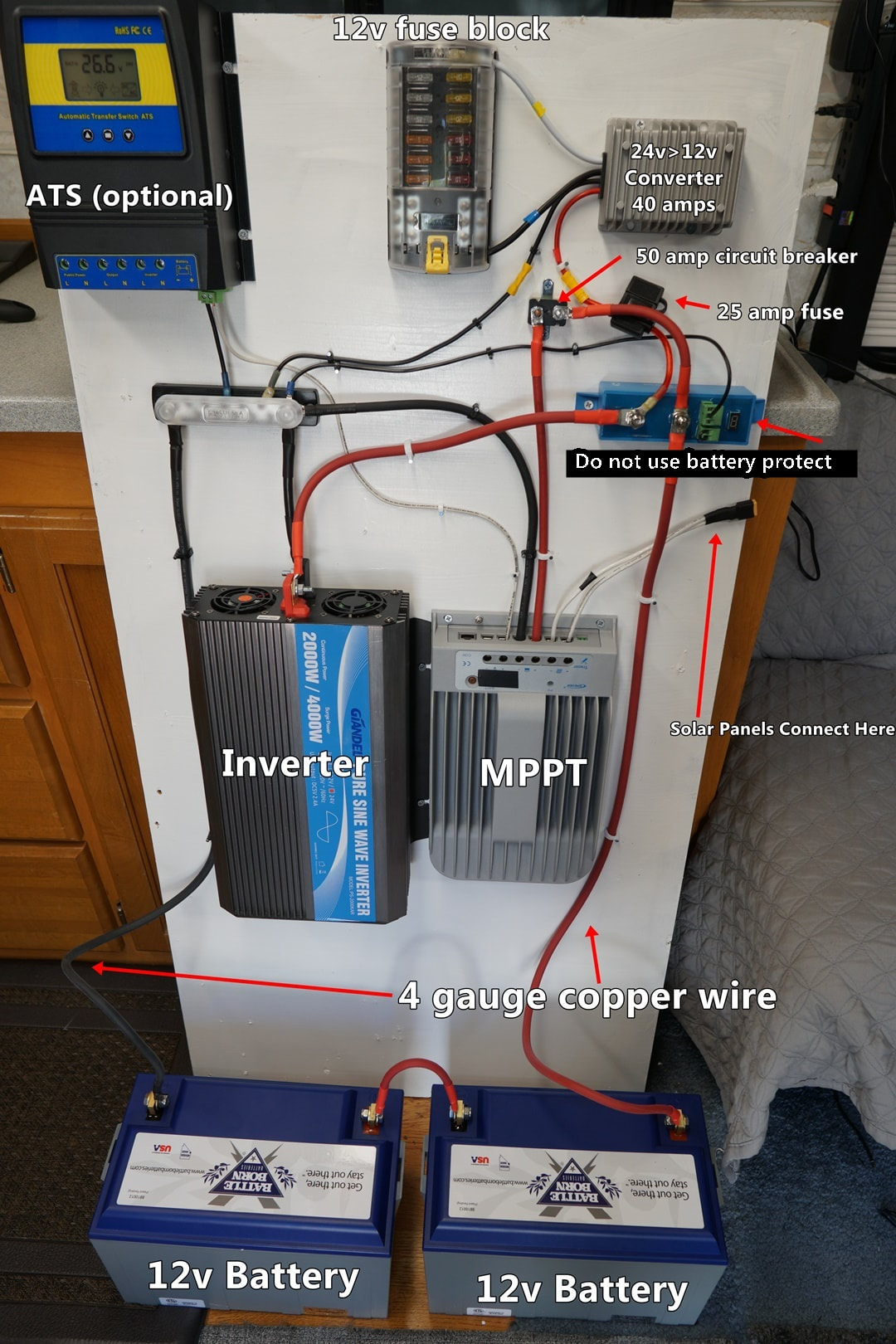

The result is a fully rectified AC wave form that is interpreted by a DC circuit as a native DC wave form. It uses a diode bridge to limit the travel of the AC sine wave to one direction only. The rectifier circuit converts AC to DC and does so in much the same manner as those of a battery charger or arc welder. The first component of all frequency converters is a device known as a rectifier or converter and it is shown to the left of the figure below. As you will see a little later, it is relatively easy to manipulate DC in order to make it look like AC. All it took was the maturing of the solid state device we know as the transistor.īecause it is difficult to change the frequency of an AC sine wave while in the AC mode, the first job of a frequency converter is to convert the wave to DC. I think you will be amazed at the simplicity of the process. So, lets take a look at the components of a frequency inverter and see how they actually function together to vary frequency and thus motor speed.
POWER CONVERTER VS INVERTER INSTALL
All you have to do today is install a relatively simple electronic box (that often replaces more complex starting equipment) at the application site and, suddenly you can, either manually or automatically, change pump speed to your heart's desire. And, several others were even more complex.īased upon the hoops we had to jump through in the past, it becomes pretty apparent why the advent of the modern frequency converter revolutionized (yet another pun) the variable speed pumping environment. Some domestic booster pumps used fluid drive or variable belt drive systems (an automatic transmission of sorts) to vary pump speed based on feedback from a pressure diaphragm valve. Examples include hot & chilled water circulators, pool pumps, and cooling tower fans & pumps. Many variable flow pumping applications still employ this method. Rotational speed could be changed manually or by a sensor connected to the switches. One of the simpler methods was to employ a multi-pole motor that was wound in such a way that allowed a switch (or switches) to vary the number of stator poles that were active at any given time. In our industry, variable speed pumping applications were far more complex in the past than they are today. We will see why this is important a little later.
POWER CONVERTER VS INVERTER GENERATOR
Before the advent of high speed transistors, this was one of the few options available to vary motor speed, however, frequency changes were limited because generator speed reduction lowered the output frequency but not the voltage.

Change the rotational speed of a generator and you change its output frequency. Variable frequency operation has been around, in the form of the AC generator, since the advent of the induction motor.


 0 kommentar(er)
0 kommentar(er)
